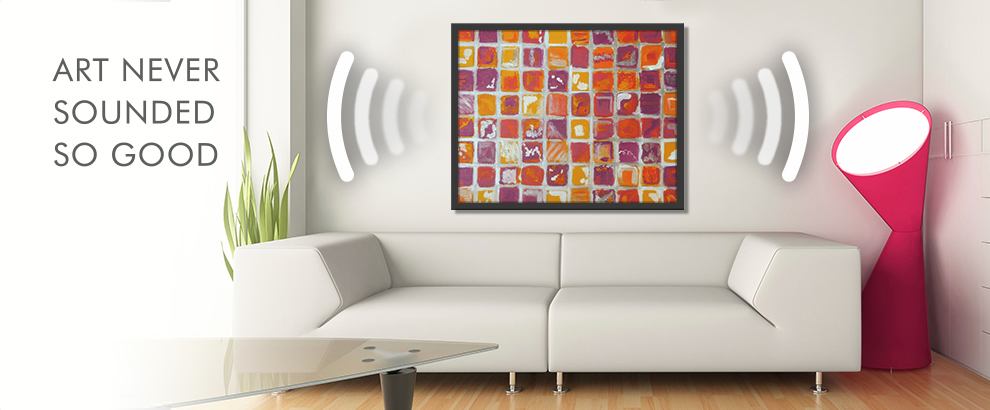Musings on Soundwall’s journey from a holiday hack project to a shipping product

 David Hose is a serial entrepreneur who’s been in the tech industry since 1980 – from writing software to taking companies public to a prolific angel investor and startup advisor.
David Hose is a serial entrepreneur who’s been in the tech industry since 1980 – from writing software to taking companies public to a prolific angel investor and startup advisor.
Soundwall is quite possibly the most beautiful object in the internet of things: an innovative speaker that is also a work of art. Literally – it looks like a large format framed poster. Soundwall hangs on your wall, connects to your network, and plays music wirelessly from your phone, iPod, or computer. The outside is an art gallery quality brilliant print in a beautiful black frame. The inside is powered by a Raspberry Pi with custom software and a powerful 100w per channel digital amplifier.
The Soundwall project came about because I really wanted to play with the Raspberry Pi and my friend Sven Coppom had built some very thin speakers using distributed mode technology. We hacked together what became the proto-Soundwall in a couple of weeks – a self-contained wireless speaker that played music from my iPhone over AirPlay. People thought it was really cool so we thought “hey let’s make a product and see if people would buy it!”.
For a software guy like me, who’s very committed to the iterative “Lean Startup” concept, the journey from prototype to a consumer hardware product had a whole lot of learnings. Things like product design, bill-of-material costs, customer awareness and satisfaction each have their own twist in the hardware world.
Product Design has some basic similarities between software and hardware. You need to figure out your MVP, think about both the “runtime” and the “admin” features, make sure there’s a fantastic “first-time-thru” experience, and squash the critical bugs. For Soundwall, we decided to build a beautiful high-end product. This mean we spent a lot of time thinking about little things like how to design our power cord (it’s white), whether to allow different frame colors (it’s black), and what specific sizes we would offer. We prototyped many different configurations because until you actually build and test it you really don’t know if it’s actually going to work. Or look good. And not catch on fire. So we were extra, extra careful before we finalized the product. We were so lucky to have a great set of initial pre-release customers who tested early versions and let us learn. (Sven made sure there were no fires.)
Bill-of-Material costs is where things are wildly divergent between hardware and software. You often build software focused just on functionality and then optimize it later when you start getting big Amazon EC2 bills. You really don’t think much about the costs to deliver the service, except perhaps your third-party software or sometimes bandwidth. Here it was critical that we had a clear view from the beginning on all the parts in the unit and the labor to build it. And then we did a bunch of research and estimates around where we could source the parts, the delivery lead time, and how the prices came down with various volumes. Ordering in volume cuts our costs by almost 50% but it takes a lot of planning and accurate forecasts so you don’t end up with a lot of unused parts. It’s sure easier to scale in software!
Customer Awareness and Satisfaction brought a lot of learnings in part because Soundwall is a new kind of product. People have no idea that this exists so we have to do a lot of education. Their first question is “What is it?” Then “Does it sound good?” (Yes it sounds great!) “Where http://www.molcer.pt/pm/my-life-dating/“view site”elite dating service los angelashttp://www.beautyday.lt/rny/new-england-web-cams/
does it get the music?” (From your phone or iTunes on your computer.) “Can I provide my own image?”(Yes, you can pick one of our images or supply one of your own when you order.) These questions, and more, take on a unique tenor for hardware products especially novel ones. Your prospective customer can’t just go to a website and try it out. They have to experience it and for us that means physically hear the product. That’s when we get the “how cool is this and I want one” responses that make us so excited about Soundwall.
This leads to the importance of “Place” and distribution and margins when marketing hardware products – but that’s another post entirely!